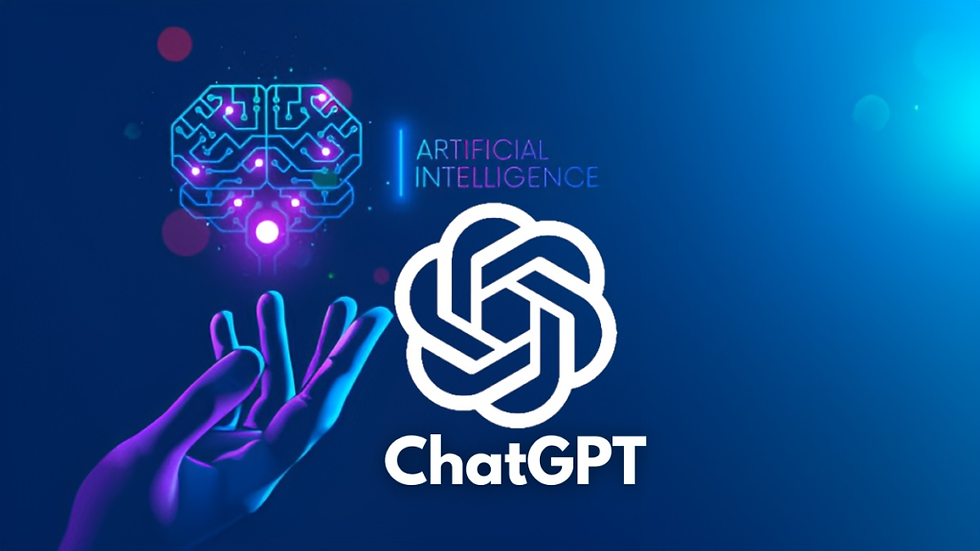ChatGPT and AI: What This Means For Trade Development
- GTDW FDI Trade & Supply Chain Digitalisation News
- Apr 16, 2023
- 3 min read
As 2022 came to a close, ChatGPT, an artificial intelligence chatbot, became the fastest-growing app in history, reaching an estimated 123 million users less than three months after its launch. It is the most prominent specimen of AI-tools that generate content such as text, pictures, and software code.
ITC reflects on what this could mean for the international trade development sphere.
Artificial intelligence (AI) is not new for those using Siri, Cortana and other (virtual) personal assistants. Algorithms powered through massive data have also been determining how we get from A to B when we use a ride-hailing app, whether in a car in Manila or on a “boda boda” in Kampala.
Likewise, AI can screen job applicants in asynchronous video interviews. Cancer diagnosis research, automatic dental prosthetic design and medical image analysis are other examples of how AI is being used in the healthcare sector.
However, the natural language processing functionality of ChatGPT allows us to have a human-like conversation with AI.
This next generation chatbot has the potential to become an alternative to traditional search engines, hence the urge of other big tech companies like Google to launch their own chatbots in 2023 to keep up with the times – and profit.
What does this boost in AI mean for our international trade clients, the small businesses?
You can count on impact at scale across the board: from government, business, civil society to education, healthcare and financial services.
Smart digital technologies are already widely used in agriculture in high-income countries. For instance, AI is being used in robotic milking systems in places such as Braz, Austria, to decide which cow should be milked when, with little supervision from the farmer.
In low-income countries, on the other hand, AI is mainly limited to small-scale smart farming and satellite imagery processing at the level of smallholder farming. But looking around, we can anticipate future uses, if an appropriate business model can be found.
The concept of “dark factories”, where industrial robots produce under remote human supervision, is not yet widespread. What will happen to the three million workers in the Bangladeshi ready-made garment industry assembling $5 t-shirts, with a monthly $70 salary, when the current equipment is ready for renewal?
Moreover, service jobs automation is around the corner – even in tech. AI is already sourcing code in code libraries at the request of software developers who use it to increase their productivity. Is this happening at the expense of junior software developers?
Other service sectors will be affected: in Senegal, chatbots are being used instead of customer care operators as clients and investors alike want to reduce costs.
In the Philippines, some of its 1.2 million business-process-management jobs – to a large extent customer care for global clients – could be replaced through robotic process automation. This technology automates repetitive and routine tasks, allowing businesses to streamline their operations, reduce errors, and increase efficiency.
Beyond the business process management industry, generative AI is also likely to take entry-level gigs from game artists, people who create content for video games, or graphic designers, who often operate on a freelance basis.
If we look at the above under Schumpeter's Creative Destruction theory, new jobs that don’t exist yet will replace the ones that will be made obsolete. In this context, continuous learning, re- and upskilling will be essential for blue- and white-collar workers.



Comments